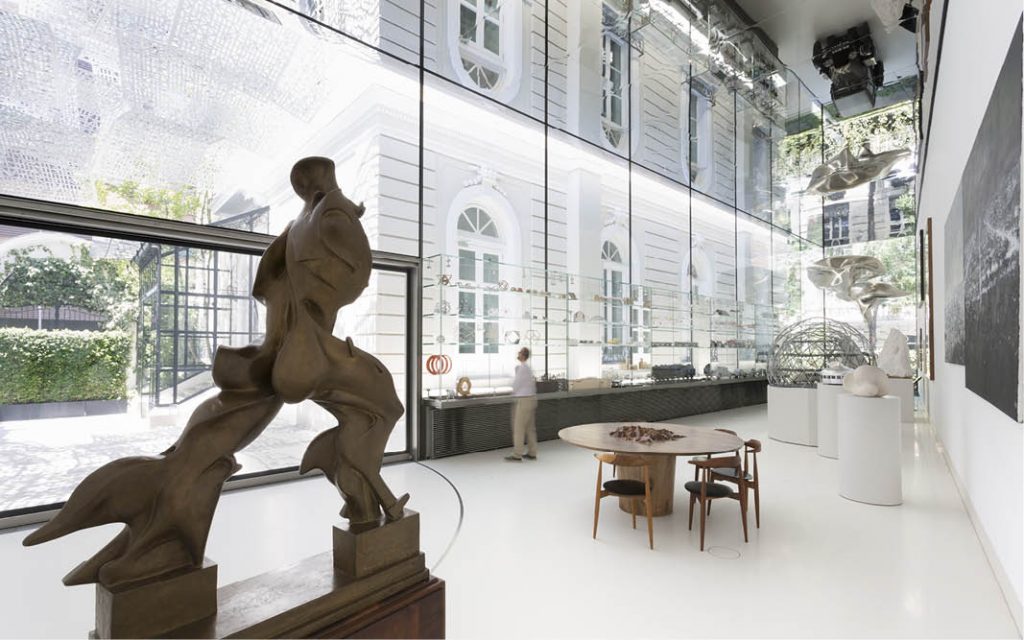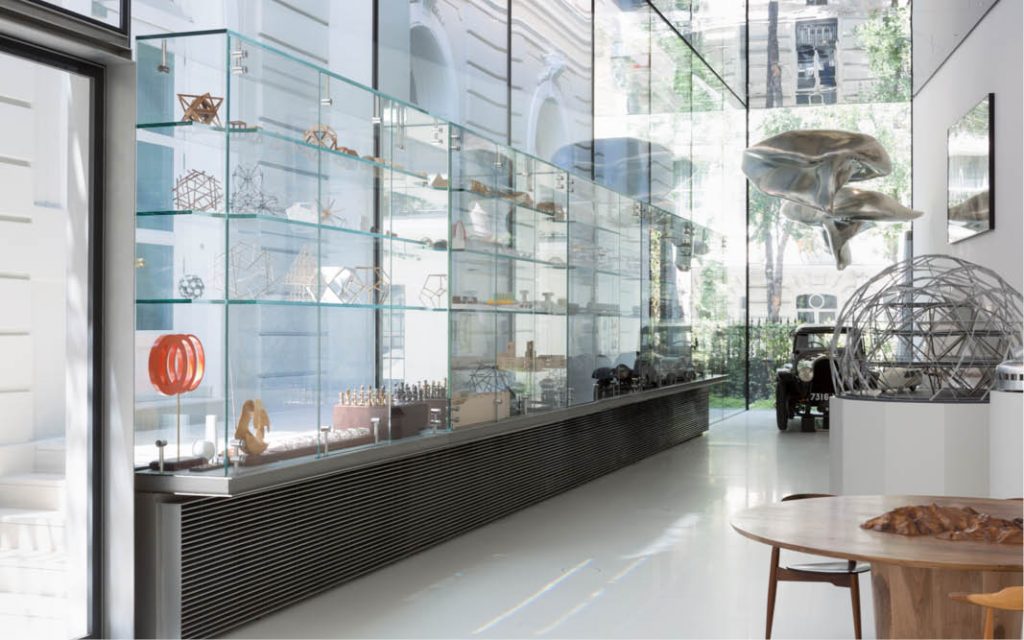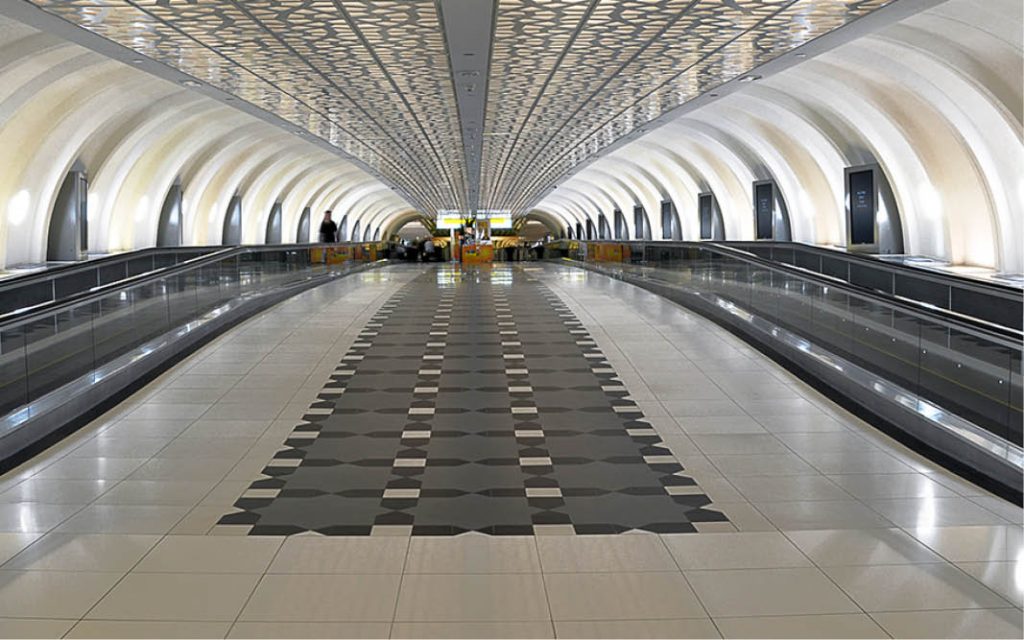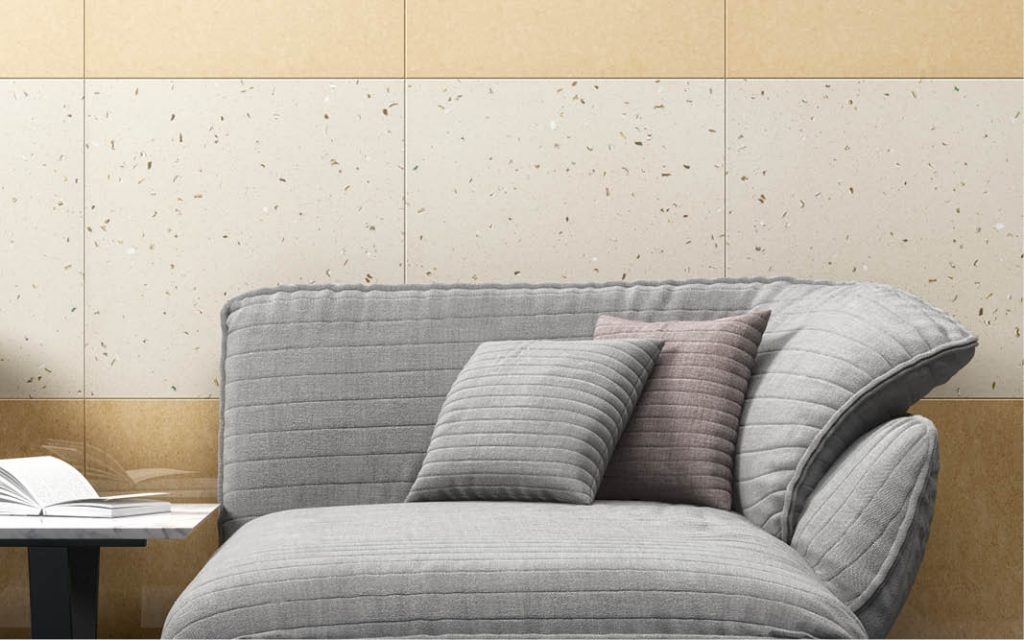
Natural marble has certain limitations that have now been overcome thanks to the development of technological marble: a material offering major technical and visual benefits. This article will introduce how and where to use technological marble in interiors and what its advantages are.
Technological marble was developed out of the need to overcome the limitations of natural stone for use in current architecture and to respond to a lack of availability. Technological marble comprises between 91 and 96% natural marble combined with resins and other products through engineered stone technology based on vibro-compression.

What advantages does it offer over natural stone?
Technological marble could be said to be an evolution in marble that responds to the requirements of design professionals and architecture. In this sense, it offers a completely homogenous hue—something that cannot be achieved with natural marble and which places limits when constructing large-scale surfaces. Moreover, as with natural stone, it can be polished and its appearance maintained for a longer period. It is also highly resistant since, despite it having a very similar firmness to natural stone, it offers greater flexibility. Other highlights include its near-zero porosity and being lighter than natural stone.
Where can it be used?
In terms of spaces, these can be split into two types: private homes and public or high traffic spaces. It is highly recommended for homes as it is easy to clean and offers near-zero porosity. Technological marble works well for flooring, walls and decorative finishes thanks to its great visual appeal and quality. In terms of public spaces, it is often used in airports, train stations, shopping centres or office buildings. Given its aforementioned standardised tone, it can be used to create large-scale surface areas that act as a single element, as well as offering high resistance and easy upkeep. With regard to specific uses, its easy handling means it can be used on stairs, as a finish for chimneys, on doors and windows, and even in fixtures and fittings.



